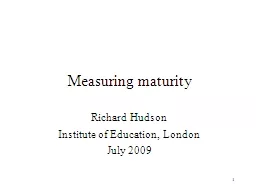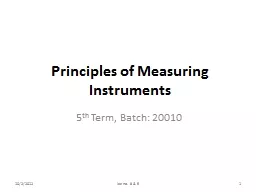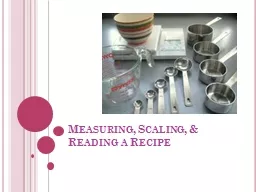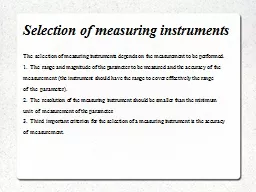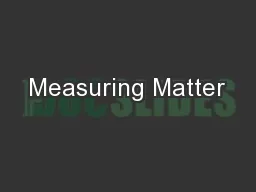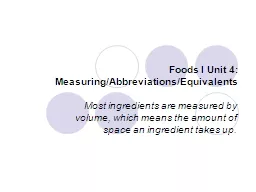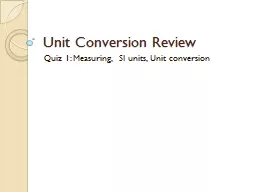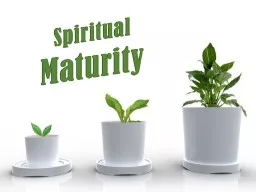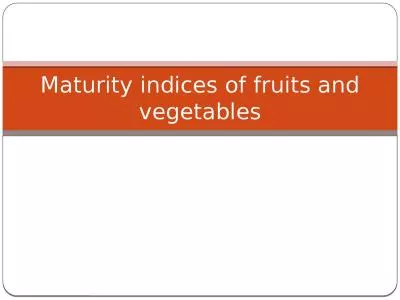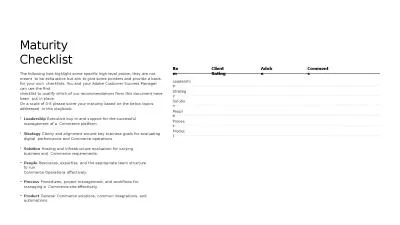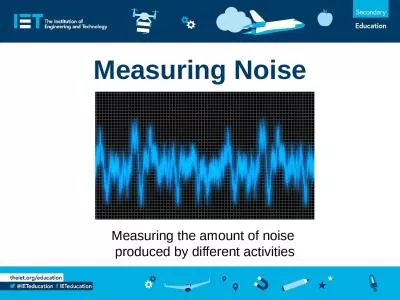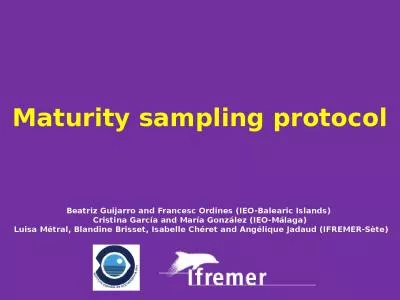PPT-1 Measuring maturity
Author : test | Published Date : 2016-03-10
Richard Hudson Institute of Education London July 2009 2 Plan What is maturity as applied to writing How vocabulary correlates with maturity Why vocabulary correlates
Presentation Embed Code
Download Presentation
Download Presentation The PPT/PDF document "1 Measuring maturity" is the property of its rightful owner. Permission is granted to download and print the materials on this website for personal, non-commercial use only, and to display it on your personal computer provided you do not modify the materials and that you retain all copyright notices contained in the materials. By downloading content from our website, you accept the terms of this agreement.
1 Measuring maturity: Transcript
Download Rules Of Document
"1 Measuring maturity"The content belongs to its owner. You may download and print it for personal use, without modification, and keep all copyright notices. By downloading, you agree to these terms.
Related Documents

